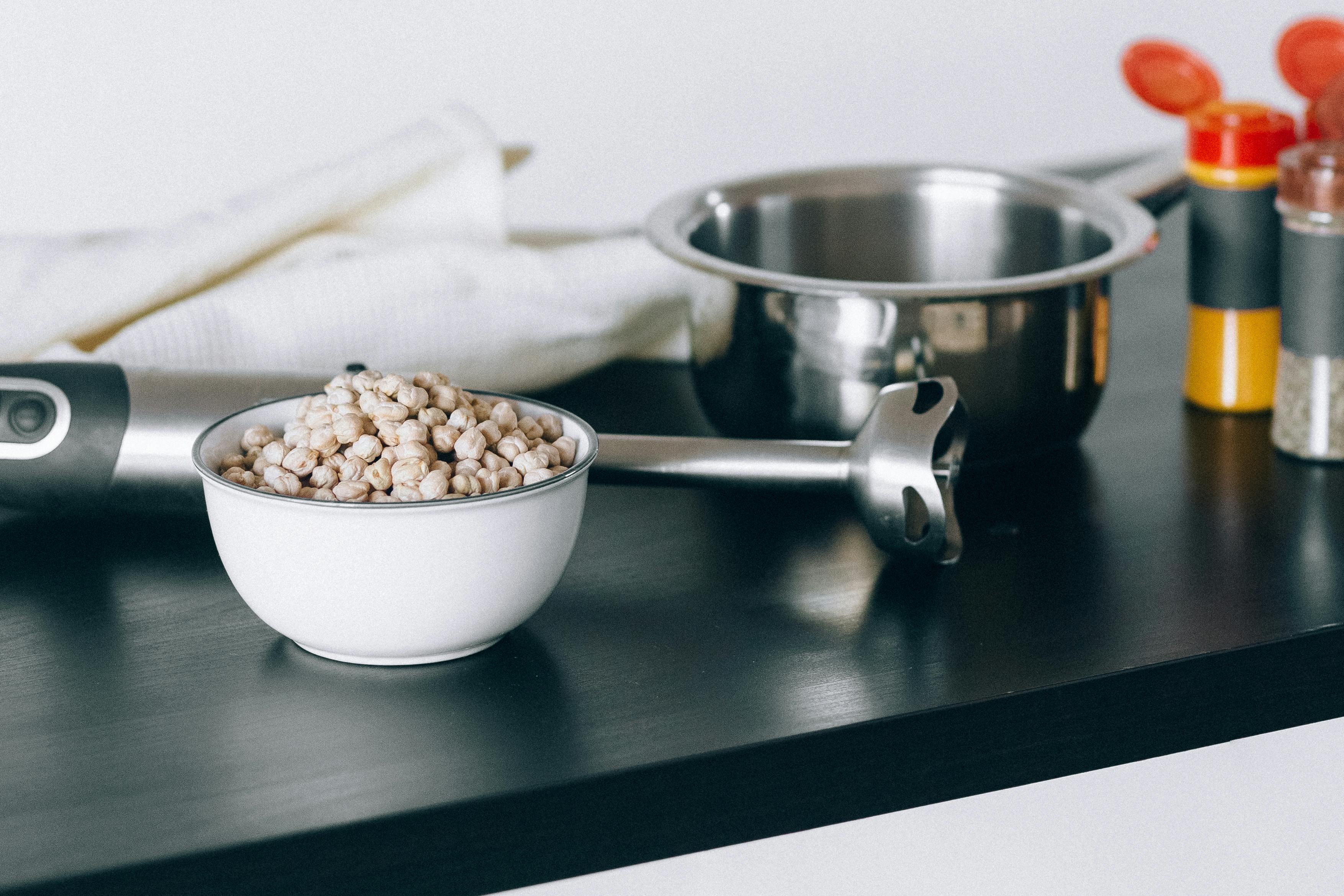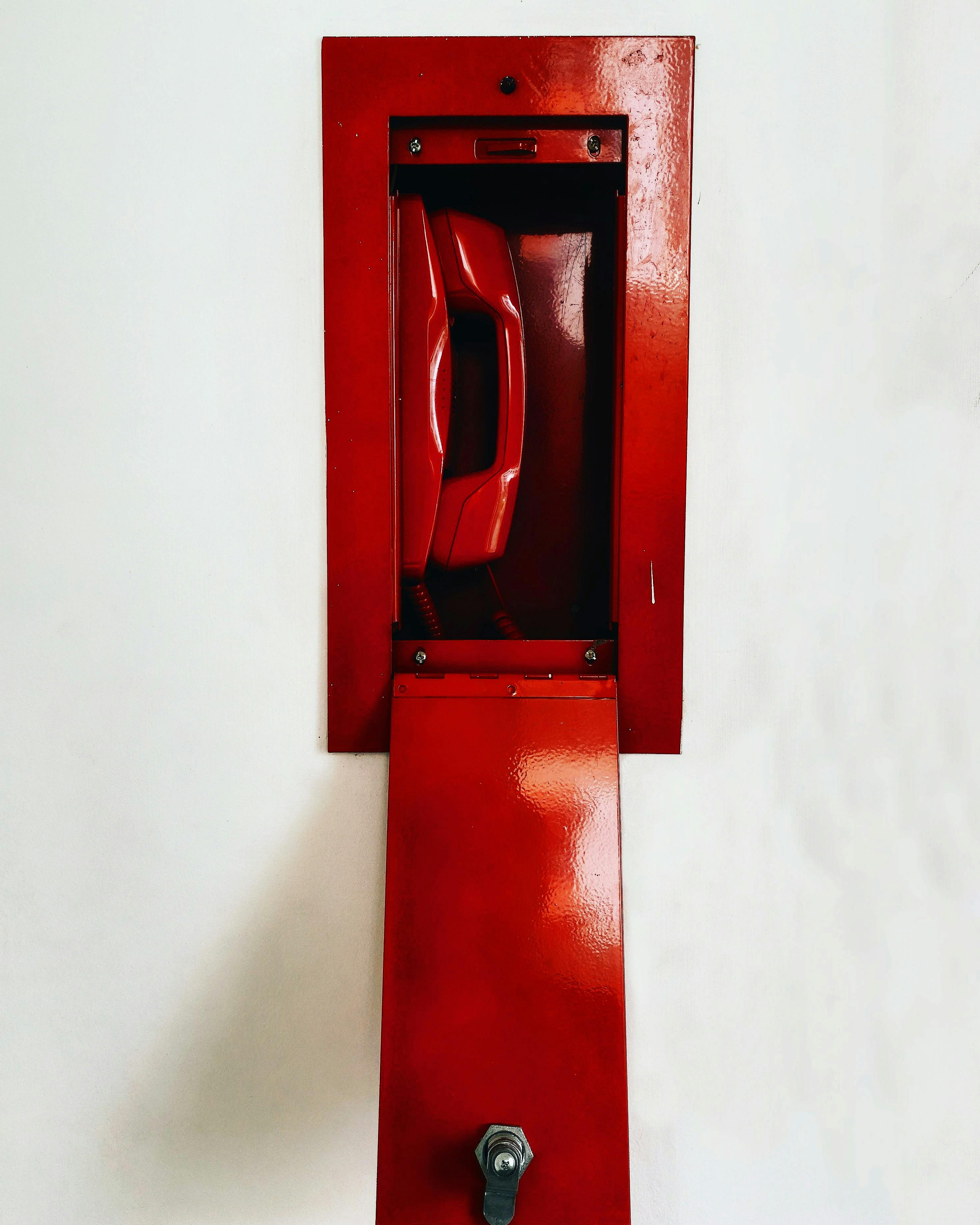
Understanding a Low Phosphorus Diet for Kidney Health
Managing a low phosphorus diet is crucial for individuals experiencing kidney disease. Elevated phosphorus levels can exacerbate health issues and lead to further complications affecting kidney function. Adhering to dietary recommendations focused on phosphorus restriction can significantly improve overall well-being and kidney health.
The importance of understanding phosphorus sources, both good and bad, cannot be overstated. A low phosphorus diet emphasizes reducing high phosphorus foods, monitoring phosphorus intake, and making thoughtful food choices to balance overall nutrition. In this article, we will explore effective strategies for meal planning, food preparation, and daily dietary choices to support kidney function and manage phosphorus levels.
By the end of this guide, you will gain insights into low phosphorus food options, healthy recipes, and tips to create kidney-friendly meals while maintaining a balanced diet. Let's dive into the world of nutrient management and culinary inspiration tailored for kidney health!
Essential Strategies for Meal Planning
Meal planning is a pivotal strategy in managing a low phosphorus diet. Tailoring meals to emphasize low phosphorus foods can help maintain kidney health and ensure proper nutrient absorption. Here are some effective methods for incorporating meal planning into your routine:
Identifying Low Phosphorus Foods
To begin your journey towards a low phosphorus diet, it's vital to identify foods that are low in phosphorus. Focus on incorporating fresh vegetables such as broccoli, cauliflower, and bell peppers—all excellent options that are kidney-friendly. Additionally, fruits like apples and berries can provide hydration and essential vitamins while keeping phosphorus levels in check.
When considering protein sources, opt for lean meats like chicken and turkey. Fish, particularly varieties low in phosphorus, can serve as nutritious alternatives. Plant-based options, like legumes in moderation, can also be included for added dietary diversity. Combining these food choices will help maintain a balanced nutrient intake while adhering to phosphorus restrictions.
Reading Food Labels for Phosphorus Content
Another essential aspect of meal planning is becoming proficient in reading food labels. Understanding nutrition facts related to phosphorus content can empower individuals to make informed dietary choices. Always check for added phosphates in processed foods, as they often hide under various names on ingredient lists.
The goal is to limit phosphorus-rich products and make healthier substitutions where possible. Choosing whole foods over processed options is a smart way to control phosphorus intake and improve kidney function.
Using Phosphate Binders Wisely
In some cases, healthcare providers may recommend phosphate binders to help control blood phosphorus levels effectively. These supplements work by binding to phosphorus in the meal to prevent its absorption into the bloodstream. It's essential to consult with a healthcare professional to find the right phosphate binder and dosage for individual needs.
While phosphate binders can be an effective tool, they should not replace dietary strategies. Instead, they should complement a well-thought-out meal plan that focuses on low phosphorus foods.
Healthy Eating: Cooking Tips and Techniques
Cooking methods play a significant role in maintaining a low phosphorus diet. Implementing healthy cooking techniques can minimize phosphorus absorption while enhancing the flavor of dishes. Let's explore some fundamental cooking tips and options to make kidney-friendly meals!
Culinary Techniques for Low Phosphorus Meals
Adopt cooking methods that preserve the nutritional value of foods while keeping phosphorus content low. Boiling vegetables can reduce their phosphorus levels significantly, while steaming retains their nutrients. Avoid frying or using high-fat cooking methods that may add unnecessary sodium and calories.
Diverse cooking techniques such as roasting, baking, or grilling can also bring out natural flavors in foods without the use of high-phosphorus ingredients. Experimenting with herbs, spices, and low-sodium seasonings can make meals more enjoyable and flavourful while catering to renal diet requirements.
Preparation of Kidney-Friendly Recipes
Creating kidney-friendly recipes can turn meal preparation into a delightful experience. Recipes emphasizing low phosphorus ingredients make it possible to enjoy satisfying meals while adhering to dietary restrictions.
For instance, a vegetable stir-fry with a base of brown rice combined with chicken and seasonal vegetables can serve as a hearty yet low-phosphorus dish. Make use of healthy fats, such as olive oil, and be mindful of portion control to ensure balanced meals. Don’t forget to explore resources for kidney-friendly recipes that are both healthy and delicious!
Proactive Meal Prepping and Planning
Meal prepping is an effective strategy to manage food choices and portion sizes throughout the week. Set aside time to prepare meals in advance, ensuring you have healthy options readily available. This practice not only helps with meal frequency but also reduces the temptation to indulge in high-phosphorus foods.
Utilizing storage containers and planning meals ahead of time creates a seamless approach to adhering to a low phosphorus diet. Incorporate a variety of meals with good protein sources, low phosphorus vegetables, and healthy carbohydrates to achieve an optimal nutritional balance while supporting kidney health.
Hydration Tips for Kidney Health
Hydration is a critical aspect of a low phosphorus diet. Maintaining fluid balance is essential for healthy kidney function. Understanding the importance of hydration and recognizing when to adjust fluid intake can offer significant benefits.
The Role of Hydration in Kidney Function
Water plays a crucial role in supporting kidney function by aiding in the filtration of waste products and facilitating the elimination of excess phosphorus. It's essential to monitor hydration levels, especially for individuals on sodium-restricted diets.
By adhering to hydration tips, individuals can efficiently manage their kidney health while supporting overall wellness. Aim to drink appropriate amounts of fluid throughout the day while considering factors such as activity levels, climate, and individual health status.
Choosing Healthy Beverages and Snacks
In addition to water, choosing healthy beverages is vital. Opt for homemade smoothies using low phosphorus ingredients like spinach, berries, and non-dairy alternatives. Avoid sugary drinks and those high in phosphorus content, such as sodas or products with added phosphates.
For snacks, think of options like carrot sticks, sliced cucumbers, or low phosphorus fruits for a quick energy boost. Avoid processed snacks high in sodium and phosphorus. These simple choices can significantly impact daily dietary management.
FAQs on Managing a Low Phosphorus Diet
What foods should I avoid on a low phosphorus diet?
Avoid common phosphorus-rich foods including dairy products, nuts, processed meats, and packaged snacks. Additionally, limit consumption of beans and legumes unless specified for your diet.
Can I still eat meat on a low phosphorus diet?
Yes, you can consume lean meats in moderation. Focus on poultry, fresh fish, and lean cuts to minimize phosphorus intake, while also balancing protein consumption.
How can I monitor my phosphorus levels effectively?
Regular monitoring of blood phosphorus levels through routine lab tests is essential. Additionally, maintaining a food diary can help track phosphorus intake and identify potential areas for adjustment in your diet.
Conclusion
Implementing a low phosphorus diet requires discipline and awareness of food choices. By understanding phosphorus sources, mastering meal preparation, and utilizing hydration tips, individuals can effectively manage their kidney health. Focusing on nutritious, kidney-friendly foods, and keeping a close eye on phosphorus intake will contribute significantly to a healthy lifestyle.
As you embark on your journey towards healthier eating habits, remember to consult with healthcare providers for personalized dietary recommendations tailored to your unique circumstances. Your path to better kidney health begins with informed decisions and proactive planning!

 Its part of generated content. Can i generate another part?
Its part of generated content. Can i generate another part?